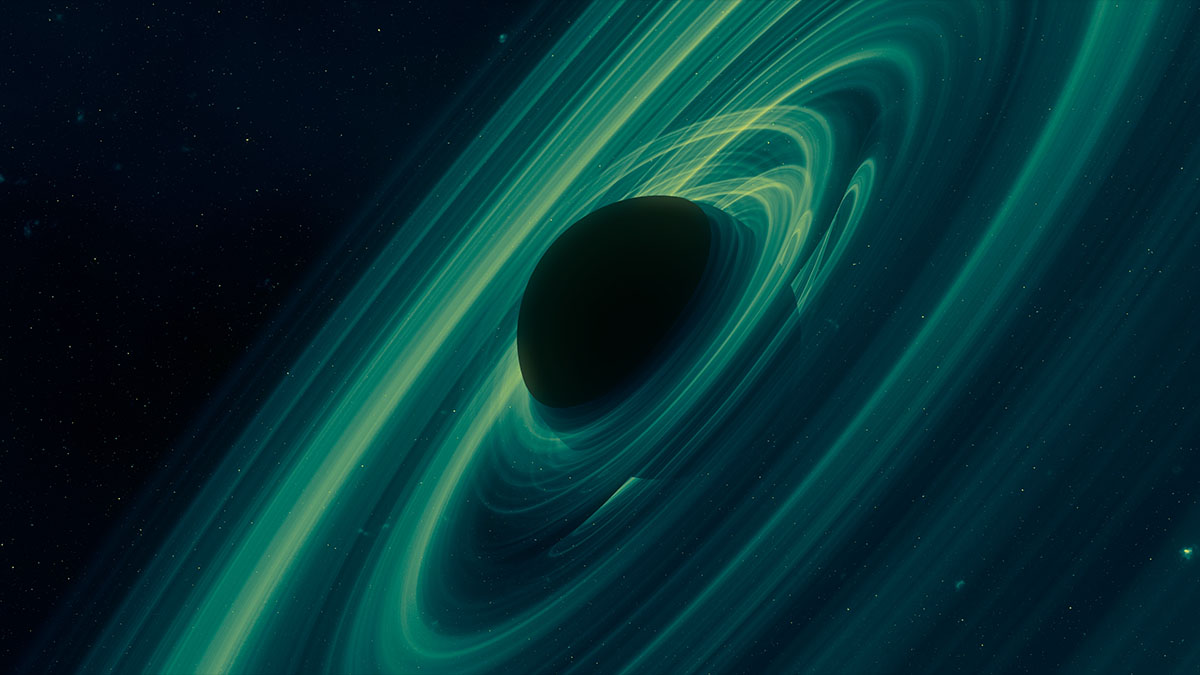the cosmic buffet: are black holes snacking on neutron stars?

One of the most puzzling phenomena in high energy astronomy are FRBs, or fast radio bursts indicating vast amounts of energy but vanishing in the blink of an eye. Plenty of suggestions for these cosmic chirps have littered the news, from faulty microwaves, to aliens, to magnetars, but none seem to provide definitive answers. So, in a bid to expand possible explanations for FRBs, Japanese researchers decided to simulate a scenario we think should be regularly detected by measuring the flow of gravitational waves: a black hole colliding with a neutron star.
To be fair, describing such an event as a collision would be somewhat misleading. Based on the results of the simulation, a neutron star flying too close to a black hole wouldn’t smash into the gravitational ghost as much as it would be stretched out like putty and slurped down like a stray noodle within moments. Yes, the mantle of neutron stars may be made of the strongest material in the known universe. Doesn’t matter. A black hole’s tidal forces would devour it, then turn the surviving fifth of the object’s mass into an accretion disk within just ten milliseconds.
Yet believe it or not, this almost gratuitous, one-sided violence isn’t the most interesting part of the simulation. No, that honor belongs to the powerful jet of superheated matter the black hole can’t immediately swallow being regurgitated in two high energy beams. And it’s those beams that may line up with the aforementioned FRBs. There would be a great deal of power, it would vanish very quickly, and is unlikely to predictably recur because there’s a rather finite number of neutron stars being devoured by black holes at any given point in time.
All right then, does this mean we now know what FRBs are? Are they the results of a predatory black hole making shockingly quick work of a neutron star that strays too close and letting out a belch more powerful than a trillion nuclear warheads exploding at once? Not quite. There are still FRBs that do repeat, as well as ones that last longer than a few seconds, although not by much, which means magnetars are still plausible FRB sources, along with other relatively rare and complex high energy events with which we’re still not entirely familiar.
However, this simulation does give us enough data to see if these black hole vs. neutron star interactions may be a source of FRBs, and point the way for additional research into how many such events we’ve seen and where. It also shows us that the more we look and study, the more likely it is that FRBs are probably not one specific phenomenon, but a whole category of events that register as cosmic screams that, to paraphrase Obi-Wan Kenobi, sound like quadrillions of tons of matter cried out in terror, then were suddenly silenced.
See: Kota Hayashi, et al., (2022) General-relativistic neutrino-radiation magnetohydrodynamic simulation of seconds-long black hole-neutron star mergers, Phys. Rev. D 106, 023008, DOI: 10.1103/PhysRevD.106.023008





